
B.A. Cornell University
Ph.D. University of Arizona
Director, RECONS
Director, SMARTS
Distinguished Professor of Astronomy
email: thenry @ astro [dot] gsu [dot] edu
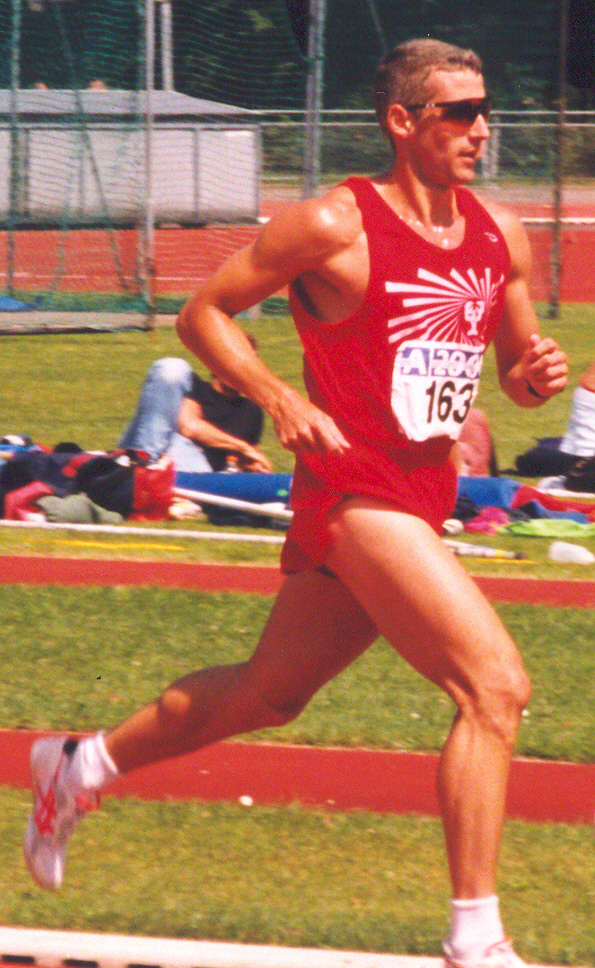
 |
TODD J. HENRY B.A. Cornell University Ph.D. University of Arizona Director, RECONS Director, SMARTS Distinguished Professor of Astronomy email: thenry @ astro [dot] gsu [dot] edu |
 |
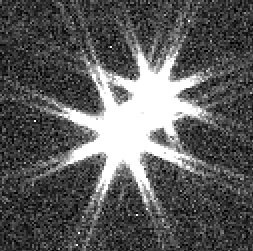
|
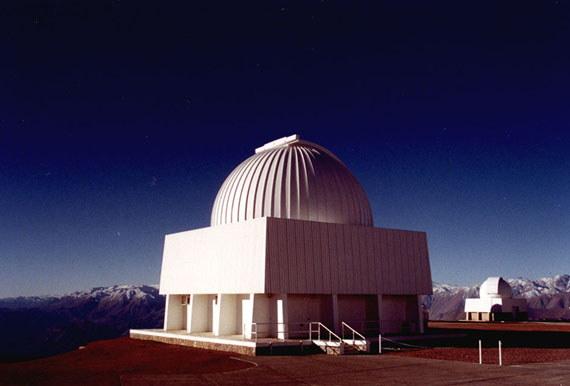
|

|
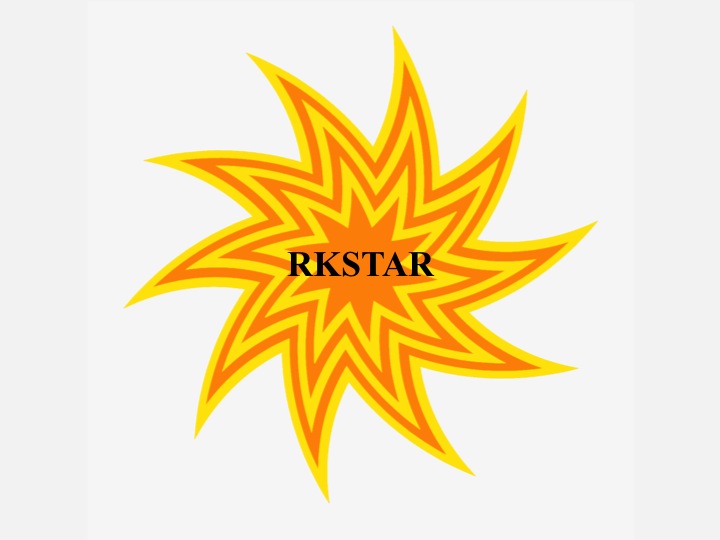
|
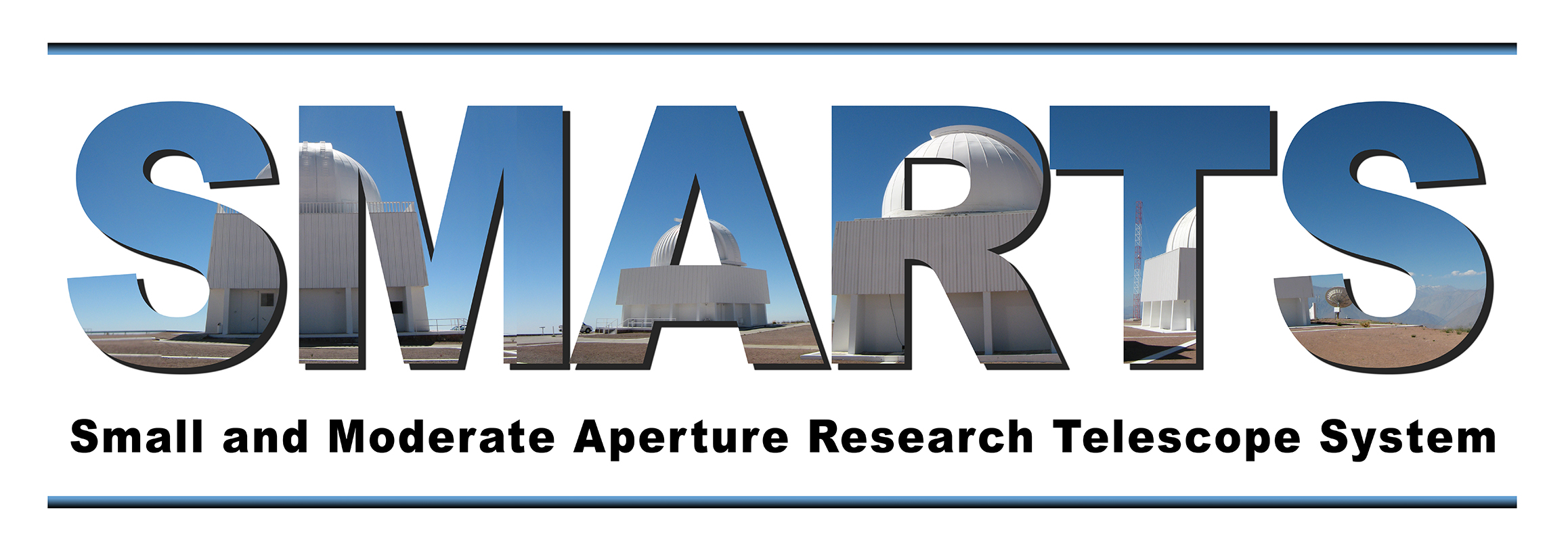
|
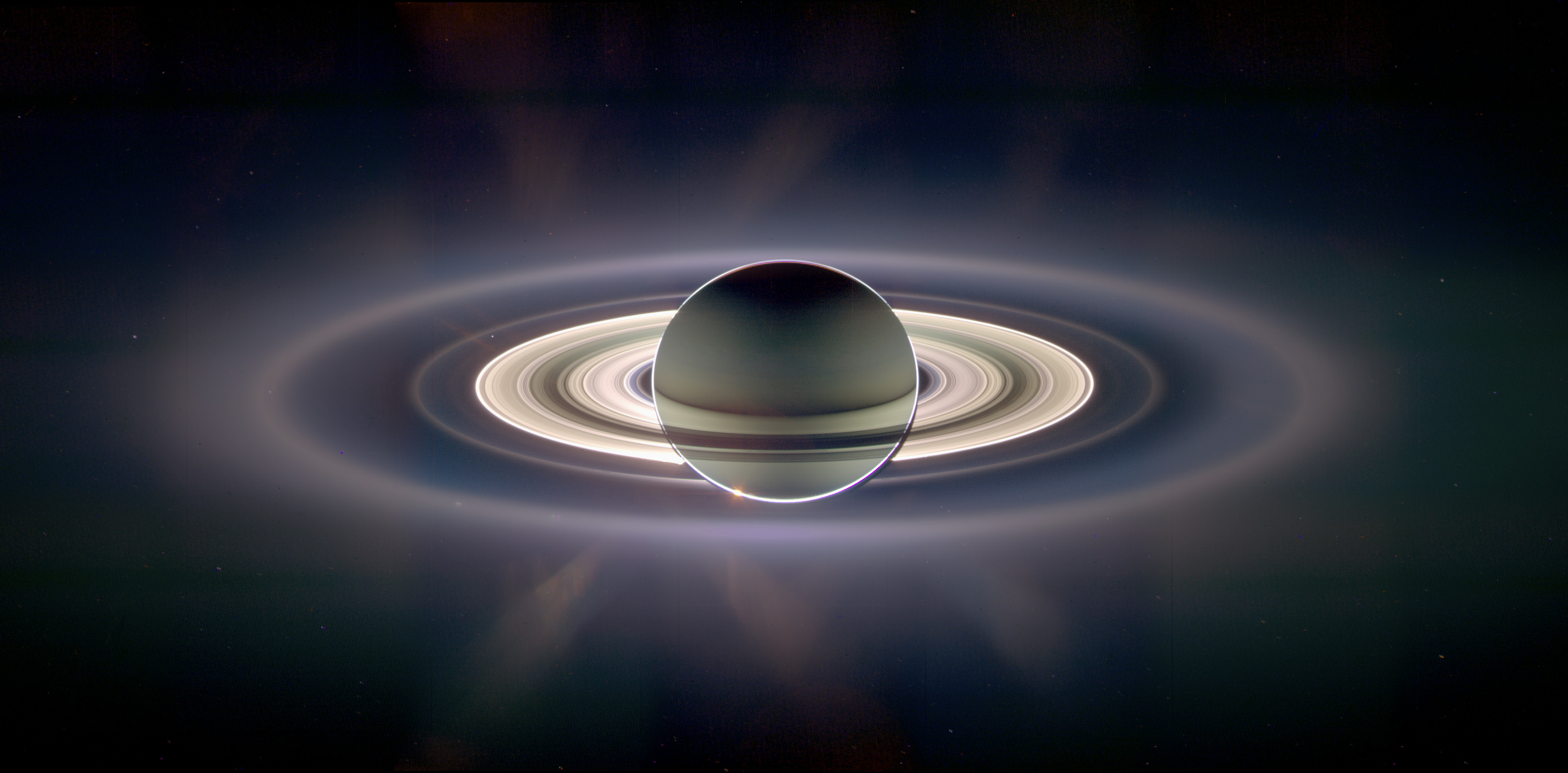
|
Curriculum Vitae (updated JAN 2025)
2019 Colloquium at STScI Exploring 10,000 of the Nearest Star Systems (start at 22 minutes)
2022 Sagan Workshop Plenary Talk 2000 Years of Astrometry
2024 RECONS Overview RECONS Overview
Research Programs
![]() RECONS: Research Consortium on Nearby Stars
RECONS: Research Consortium on Nearby Stars
RECONS formed in 1994 with the intent of understanding the nature of the Sun's nearest stellar neighbors, both individually and as a population. The projects described below are all associated with the overall RECONS effort. Our goals are to discover ''missing'' members of the sample of stars within 25 parsecs (about 80 light years) and to characterize all stars and planets within that distance limit. New members are found via astrometric, photometric, and spectroscopic techniques, or through companionship studies at small and large separations. Characterization includes photometry and spectroscopy at both optical and infrared wavelengths, as well as determinations of the luminosity function, mass function, and multiplicity fraction of the nearby stars.
CTIOPI: Cerro Tololo Interamerican Observatory Parallax Investigation
The RECONS Team has used the 0.9m telescope at the Cerro Tololo Interamerican Observatory, located in the foothills of the Chilean Andes, since 1999 to discover red and white dwarfs that lurk unidentified in the solar neighborhood. CTIOPI started under the auspices of the NOAO Surveys Program and continues via the SMARTS Consortium. RECONS revealed for the first time more than 300 systems within 25 parsecs, or 15% of all star systems so near. The effort has evolved into two unique long-term studies of the behavior of red dwarfs, otherwise known as M dwarfs. The first is a comprehensive search for stellar, brown dwarf, and Jovian planetary companions orbiting M dwarfs, in an effort to understand the orbital architectures of companions to these small stars that account for 75% of all stars. The second is a search for stellar cycles in red dwarfs that last a decade or more, much like our Sun's 11-year sunspot cycle.
MASSIF: Masses and Stellar Systems with Interferometry
Mass is the single most important attribute of a star. The purpose of the MASSIF effort is to measure masses of stellar and substellar objects to high precision using state-of-the-art astrometric and spectroscopic techniques, and thereby create a better understanding of the stars we see at night. Key areas of research include determining masses for the dominant members of the Galactic population, the red dwarfs, searching for the most massive and least massive stars, and improving our knowledge of the fundamental mass-luminosity relation for all stars.
RKSTAR: A Comprehensive Search for Companions to K Dwarfs
Roughly 100 meters to the south of the 0.9m is the CTIO/SMARTS 1.5m, where the CHIRON high-resolution spectrograph is being used to search for stars, brown dwarfs, and Jovian planets orbiting K dwarfs. These stars are larger, hotter, and more massive than M dwarfs, but slightly smaller, cooler and less massive than our Sun. The RECONS radial velocity effort is part of a larger endeavor involving three surveys --- radial velocity, high-resolution speckle imaging, and a wide companion search using archival data. The ultimate goal is to explore the populations of the three types of objects orbiting stars much like our Sun.
SMARTS: Small and Moderate Aperture Research Telescope System
On 01 February 2003, SMARTS took over responsibility for operation of four telescopes at CTIO. These telescopes include the CTIO 1.5m, CTIO 1.3m (formerly the 2MASS telescope), the Yale 1.0m, and the CTIO 0.9m. Long-term partners in SMARTS include the Association of Universities for Research in Astronomy (NOAO in Tucson, AZ and La Serena, Chile), the RECONS Institute (Chambersburg, PA), and the State University of New York (Stony Brook, NY).
Selected Publications
last updated 01 July 2019